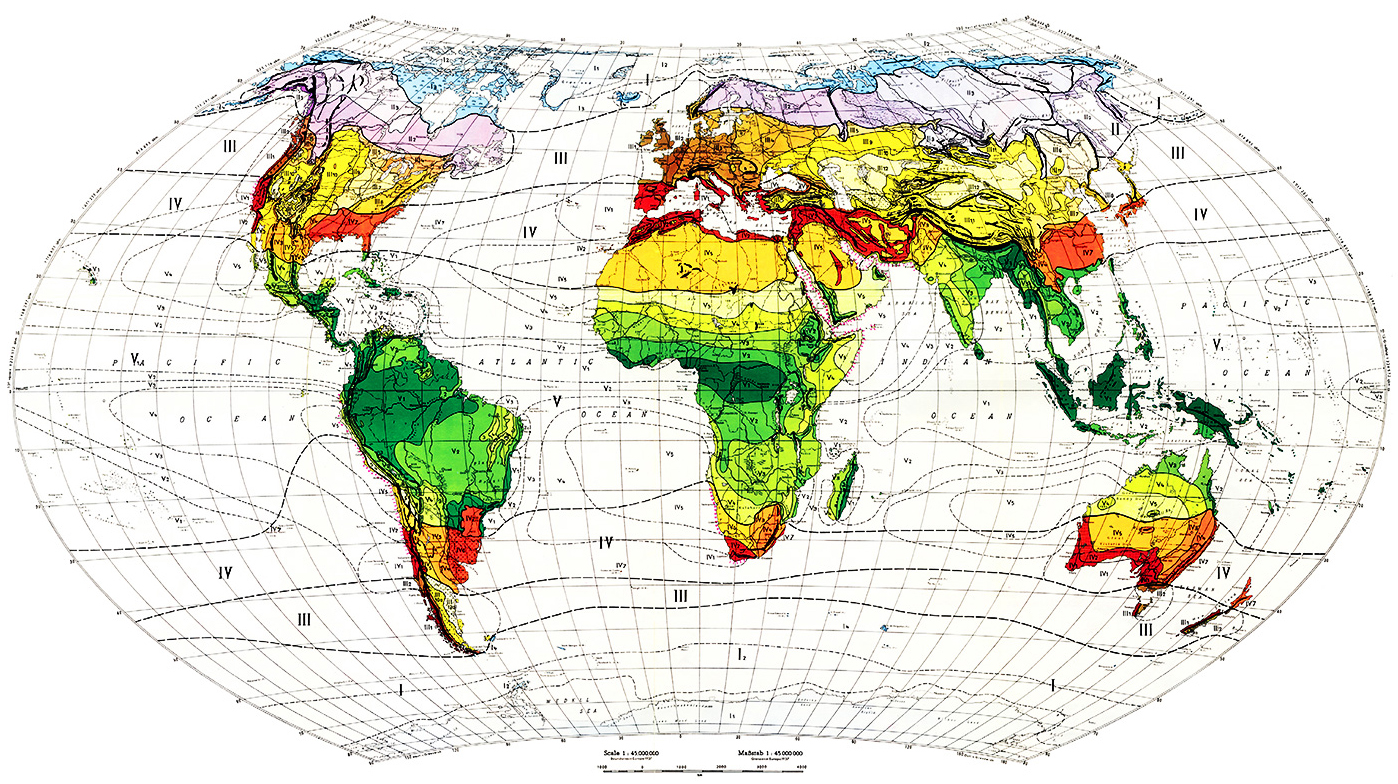LATIN AMERICA
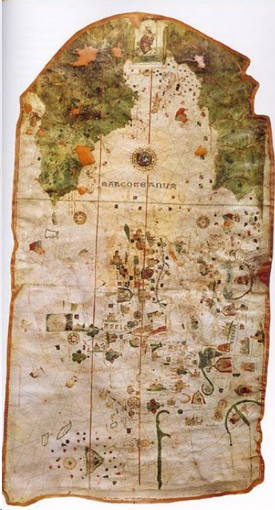
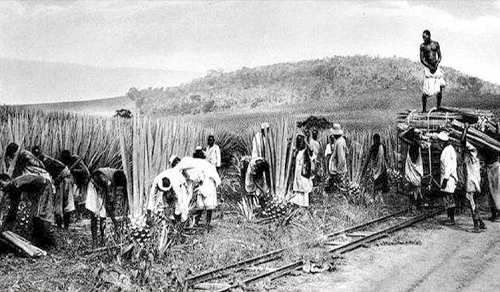
라틴아메리카의 한국인들
“힌국 최초의 라틴아메리카 이민은 1905년에 이루어졌다. 1905년, 을사늑약이체결되며 희망이 사라지고, 가뭄까지 심해지자 해외로 이주하려는 사람들이 나타났다. 영국 상선 알포드호에 실려 간 총 1천33명의 한국인들은 멕시코 지역의 선인장 농장들로 분산 배치되었다. 이들은 노예와 다를 바 없는 거칠고 가혹한 생활을 감내해야 했고 1909년 계약이 끝났음에도 일부는 농장에 묶여 있었으며 대다수는 귀국할 수 없었다.
이후 한인들은 멕시코 유카타 주 의 주도 메리다에 모여 한인회를 결성하였으며 미국 샌프란시스코 국민회의 지부 역할을 맡거나, 학교를 세우는 등의 독립운동에 참여하였다. 1921년 메리다에 남아 있던 사람들은 쿠바로 이주하였으며, 한인들은 낯선 곳에서도 독립운동을 지원하고 한인학교를 세우는 등, 정체성을 유지하고자 노력하였다. 당시 쿠바에서 독립운동을 한 인물로 김익주, 임천택 등이 있다. 시간이 지나며 한인들의 후손은 점차 현지 사회에 동화되었으나, 2024년 한국과 쿠바간에 정식 수교가 맺어지며, 쿠바의 재외교포들이 다시 조국으로 돌아올 수 있는 길이 열리게 되었다.”
Koreans in Latin America
It was in 1905 that Koreans moved to the Latin American region of merida. Their migration was because of Japan-Korea Treaty of 1905 and drought in 1905, as well as to fraudulent contracts. 1333 Koreans carried on the British merchant ship Alford were distributed to cactus farms in Mexico. They had to endure rough lives, no different from slaves. Some had to be tied to farms even when their contracts expired in 1909, and the majority could not return home. Later, Koreans gathered in Merida, the capital of Yucatán, Mexico, to form the Korean Association, serve as a branch of the National Assembly of San Francisco, and participated in independence movements to establish schools. However, as the number of Koreans gradually diversified, the remaining people in Merida moved to Cuba in 1921. Koreans also tried to maintain their identity by supporting the independence movement in Cuba and establishing a Korean school. Kim Ik-joo and Lim Cheon-taek were the figures who campaigned for independence in Cuba. After the second generation, the local community gradually assimilated it, but Korea and Cuba established formal diplomatic relations in 2024, which paved the way for Cuban descendants to return to their homeland.
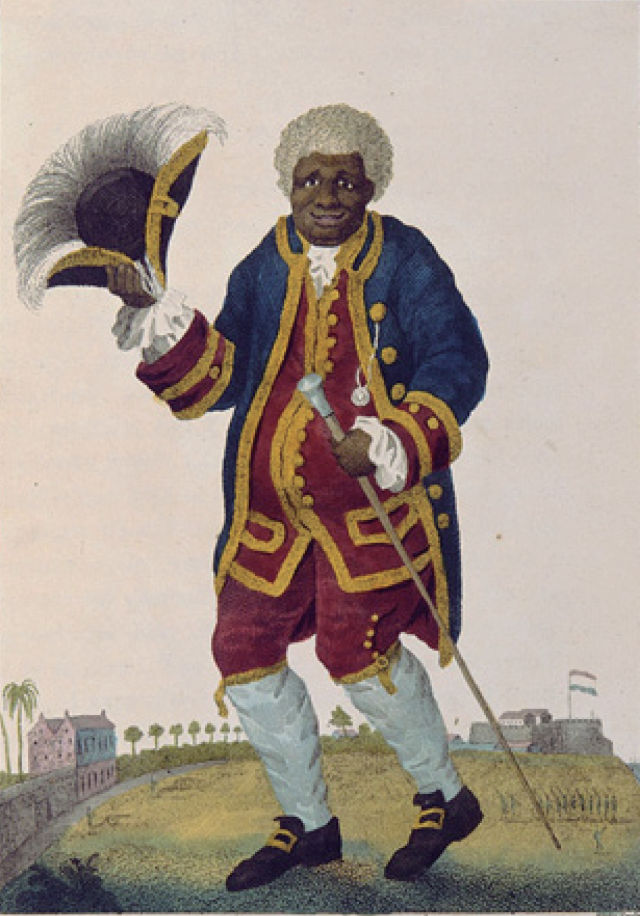
축복받은 그라만 콰시
1690년에 아프리카 기니(Guinea)에서 태어난 콰시는 1700년경에 네덜란드 식민지인 수리남(Suriname)에 노예로 끌려왔다. 그는 진통을 완화시키고 소화를 촉진시키는 어떤 약초를 발견했다. 사탕수수 플랜테이션 소유주가 이 약초의 뛰어난 약리적 효과를 알아차렸다. 그는 칼 린네에게 이 사실을 편지로 알렸다. 린네는 이 약초의 학명을 ‘콰시 아마라’(Quassi amara)라고 붙여 주었다. 이런 사실이 유럽의 아메리카 식민주의자들 사이에 널리 퍼지면서 콰시 약초는 수리남의 최대 무역 상품으로 부각되었다.
Blessed Graman Kwasi
Born in Guinea, Africa, in 1690, Kwasi was brought as a slave to the Dutch colony of Suriname around 1700. He discovered an herb that relieves labor pain and aids digestion. The owner of the sugarcane plantation noticed the herb's outstanding pharmacological effect. He informed Karl Linnaeus of this fact by letter. Linnaeus scientifically named the herb 'Quasi amara.' As this fact spread widely among American colonists in Europe, Kwasi amara emerged as Suriname's largest trade product
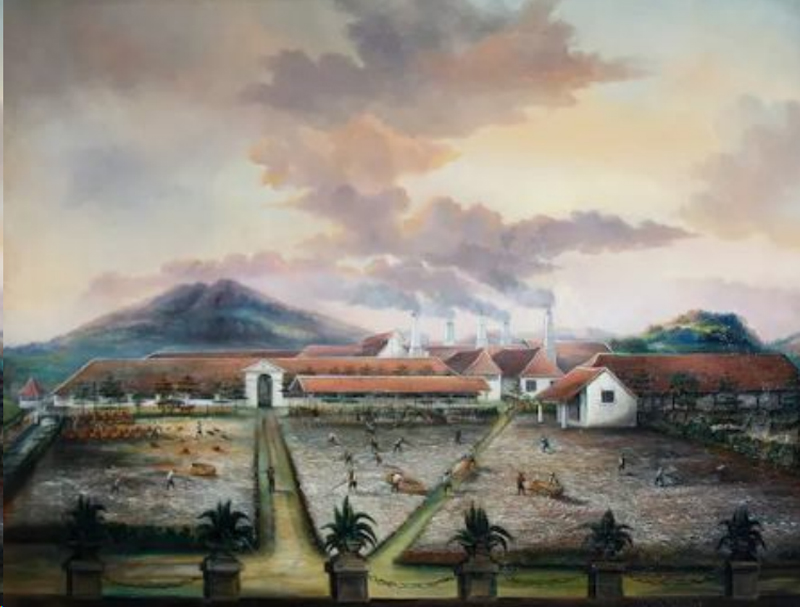
카리브해의 사탕수수 플랜테이션 농업
1620년대와 1660년대 사이에 네덜란드, 영국, 프랑스는 서인도 제도의 여러섬들에서 사탕수수 사업에 본격적으로 뛰어들었다. 유럽의 식민통치자들은 더많은 사탕수수를 생산하기 위해 1680년대에 플랜테이션이라는 새로운 유형의생산체제를 만들었다. 그리고 이런 생산체제를 운영하기 위해 아프리카에 더많은 노예들을 강압적으로 데리고 왔다. 플렌테이션 체제는 열대 풍토에서 아프리카 흑인들의 노동생산력을 효과적으로 착취하기 위해 개발했던 생산체제로, 단순히 농업적 생산방식이 아니라 산업 혁명의 초기 공장 체제와 유사하다. 사탕수수를 설탕으로 가공하는 작업은 서인도제도가 아니라 유럽에서 이루어졌기 때문이다.
Sugarcane Plantation Agriculture in the Caribbean
During the period between the 1620s and 1660s, the Netherlands,England, and France significantly engaged in the sugarcane industryon various islands in the West Indies. By the 1680s, European colonialpowers introduced a novel form of production known as the plantationsystem to enhance sugarcane output. To sustain this system, a greaternumber of enslaved individuals were forcibly transported from Africa. The plantation system was designed to efficiently harness the labor ofblack Africans in a tropical environment, resembling the early factorymodel of the industrial revolution, rather than solely an agriculturaltechnique. This was due to the fact that the processing of sugarcaneinto sugar occurred in Europe, rather than within the West Indies.

파블로 네루다
네루다의 시는 언어가 아니라 하나의 생동이다”라고 정현종 시인은 말했다. 민용태 시인은 네루다 시의 생동감을 한 단어로 ‘열대성’ 또는 ‘다혈성’이라고 표현했다. 실로 네루다의 시를 읽으면, 폭우에 흠뻑 젖는 느낌, 강렬한 태양 아래 벌거벗고 선 느낌, 폭풍우가 내 몸을 뚫고 지나가는 느낌, 그리고 빽빽한 밀림 속에서 공룡알로 누워 있는 느낌이 교차한다.
Pablo Neruda
Poet Chung Hyeon-jong characterized Neruda's poetry as more than just a language, but a living entity. Min Yong-tae encapsulated the vitality of Neruda's poetry in a single word, either "tropical" or in a downpour, exposed under the scorching sun, feeling a storm surge through one's body, and resting in a bed surrounded by dinosaur eggs within a lush jungle.
